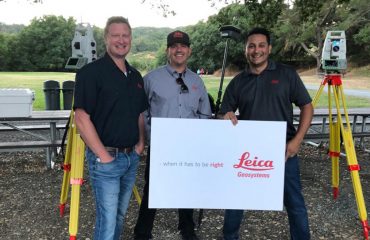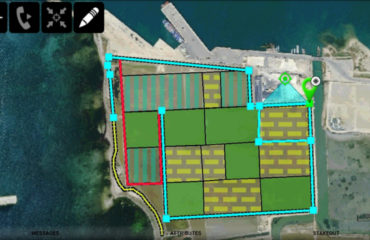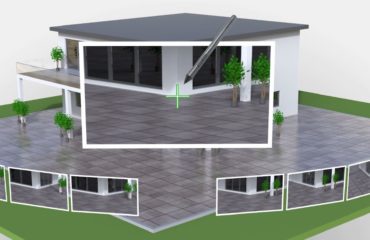As a licensed land surveyor for more than 20 years, first in Illinois and then in Tennessee, Jason Stivers had worked through his share of challenging situations in subdivision surveys, topographical and boundary surveys, ALTA surveys, mine surveys and construction layout. He also noticed a crucial detail—most of the firms serving these markets weren’t using technology to maximize productivity and produce the highest-quality deliverables.
“With the equipment that I have, I can compete with bigger companies. It’s opening up new markets for me, helping me do my job more efficiently and produce a higher-end product.”
– Jason StiversWhen he founded his own firm, Stivers Land Surveying, Jason determined technology would be a cornerstone of his business. With cutting-edge, technologically advanced equipment and software, he knew he could serve both traditional and niche markets and deliver exceptional quality and timeliness. “I decided I wanted to use the high-end stuff—the equipment that’s going to produce a better, higher-end product than my competitors,” he says. “I want to do the neat projects, the fun projects, the projects that you kind of look at and go, ‘Wow, should I do that?’ Technology makes me agile and efficient.”
Faster, Safer, Higher Quality Surveying


Jason’s favorite piece of technology is his Leica GS18 T, a GNSS RTK rover that incorporates real-time tilt compensation and doesn’t require calibration. An adaptive measurement engine allows the rover to automatically select the best signal combination, so it provides high quality performance in challenging environments, such as urban canyons and heavy tree canopy. “I’m doing topos in areas that are completely wooded that typically I would never be able to do by myself,” Jason says. “The GS18 T does an amazing job in getting the shots that I need in the thicker woods, in the areas that I typically would have to take a total station in and it would take me three to four times as long. … With the GS18 T, I just set it down, hit the button, set it down, hit the button, and I can go really fast.”
The GS18 T provides high-quality results, he adds, and, importantly, it increases safety. “If want to get a shot out in the road, I can lean the rod over and get the shot,” he says. “I don’t have to worry about standing in the road, in the way of traffic. And working by myself, that’s something I think about.”
“The GS18 T does an amazing job in getting the shots that I need in the thicker woods …I just set it down, hit the button, set it down, hit the button, and I can go really fast.”
– Jason Stivers
For his work in the mines, where he does volume surveys and fault monitoring, he relies heavily on the Leica Nova MS60, a fast, precise, rugged total station that doubles as a long-distance laser scanner. “I can go underground, set the control, hit the scan button, and let it do its job,” he says. “It’s quick, it’s easy, it’s efficient, and it’s also very well-suited for mines as far as the water, the dust, the dirt. It gives me peace of mind that it’s not going to go out on me. And since I work by myself, I can set my MS60 up to scan, and then I can take off with my 18 to go do what I need to do with it, and I’m basically running a two-man crew by myself.”
A key advantage with both the GS18 T and MS60 is the Captivate field software, which uses touch technology and visualization. Jason is able to see his survey data as he captures it rather than waiting until he gets back to the office, which makes him more efficient on the jobsite and enables him to provide better service. “I can see what I have and show it to my clients,” he says. “That makes a big difference for them.”
Expanding into New Markets


More recently, Jason has begun using the RTC360 for high-speed laser scanning and the DS2000 for underground utility detection. He’s also exploring the use of drones. As a small business owner, Jason uses the extra time he gains with technology to take on additional projects and handle a higher workload. But it’s not all work and no play. “I’ve been able to handle some really niche, interesting projects, and we’ve got new things coming up that are going to be even more exciting,” he says. “I enjoy surveying; it’s a fun thing.”
“Small companies are often overlooked,” he adds. “But with the equipment that I have, I can compete with bigger companies. It’s opening up new markets for me, helping me do my job more efficiently and produce a higher-end product.”
Listen to the podcast interview with Jason Stivers for the full story:
How can technology help your firm create new opportunities? Contact us today to explore new ideas.



